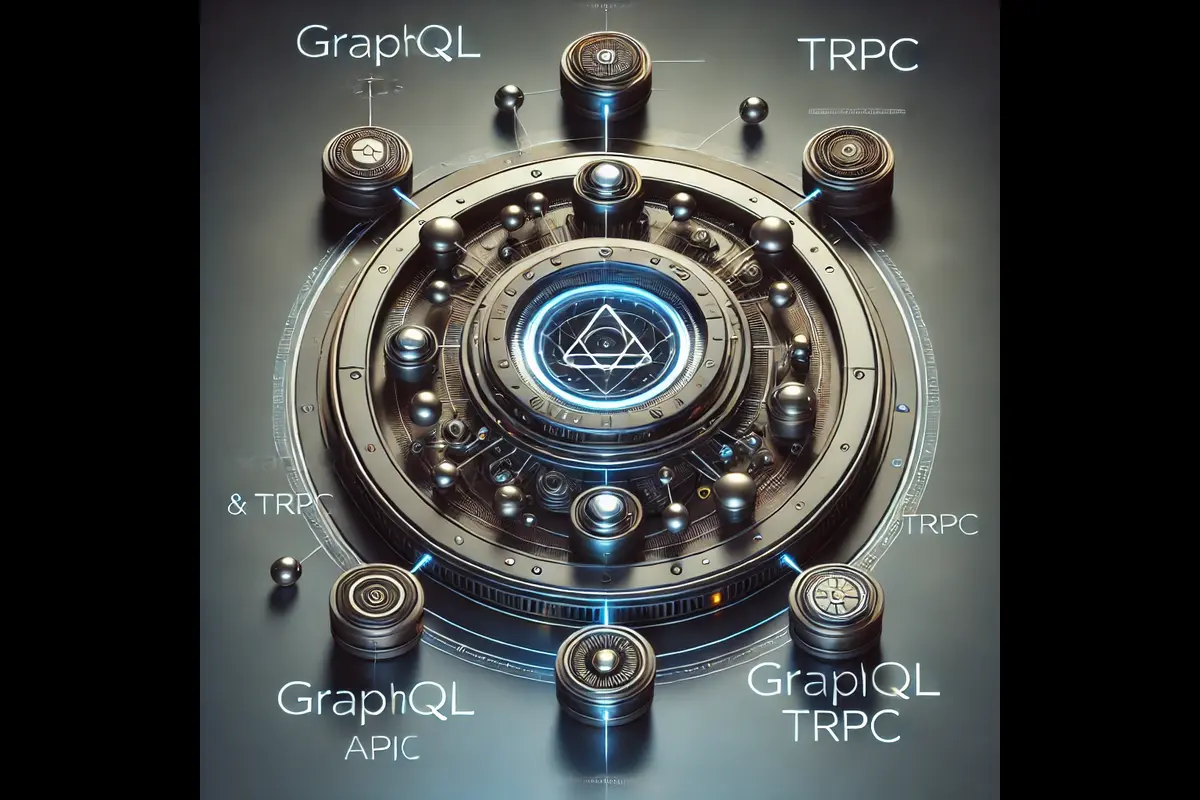GraphQL and tRPC – The Future of APIs
When I first dove into the world of modern APIs, I was used to the traditional REST approach. But as applications grew more complex, I found myself yearning for a more flexible and efficient way to handle data. That’s when I discovered GraphQL and tRPC—two game changers that have completely reshaped how I build and interact with APIs.
Why Move Beyond REST?
REST has served us well for many years, but it often forces us into over-fetching or under-fetching data. Imagine having to make multiple API calls just to render a single page—it’s not only inefficient but can also slow down development. This is where GraphQL and tRPC come in, offering more streamlined solutions.
Getting to Know GraphQL
GraphQL lets you query exactly what you need. Instead of getting a fixed response from a REST endpoint, you can request just the data you want. I recall working on an e-commerce project where the product pages required information from several sources: product details, reviews, and related items. With REST, I was stuck with multiple endpoints and redundant data. GraphQL simplified things by letting me fetch everything in one go with a single, well-structured query.
Use Case Example:
Consider an application like a social media feed. Users want to see posts along with nested data like comments, likes, and user profiles. GraphQL allows you to request a post and its related data in one query, which not only improves performance but also simplifies the frontend code.
Another perk is its strong type system, which provides clear documentation and helps catch errors early. For developers, this means fewer runtime surprises and a more predictable development experience.
Diving into tRPC
On the other hand, tRPC offers a different kind of magic by providing end-to-end typesafety without the need for manual schema definitions. If you’re a TypeScript enthusiast like me, tRPC feels like a breath of fresh air. It bridges the gap between your client and server by ensuring that both sides speak the same type language. This eliminates a lot of guesswork and potential bugs.
I worked on a project where we needed rapid prototyping with minimal overhead. With tRPC, we could skip writing boilerplate API endpoints. Instead, we built our API by simply defining our procedures and letting tRPC handle the rest. The result was a much leaner codebase and a smoother development cycle.
Use Case Example:
Imagine developing a real-time chat application. With tRPC, you can quickly implement the necessary backend logic and have full confidence that the client’s TypeScript code aligns perfectly with it. This drastically reduces the time spent on debugging type mismatches and lets you focus on delivering a great user experience.
Bringing It All Together
Both GraphQL and tRPC have their strengths, and choosing between them often depends on the project requirements:
- GraphQL shines in scenarios where you need granular control over data fetching, especially when dealing with complex and nested data structures. It’s a solid choice for public APIs and projects where data requirements frequently change.
- tRPC is ideal for projects where you control both the client and server, and you value the safety and speed of a tightly integrated TypeScript ecosystem. It’s a fantastic option for internal tools, startups, or any project where rapid development is key.
For me, both tools represent a shift towards smarter, more efficient API development. They allow us to build applications that are not only more performant but also easier to maintain and scale.
In a world where user expectations continue to rise, embracing innovative approaches like GraphQL and tRPC is no longer just a nice-to-have—it’s essential. These technologies empower us to create better, more responsive applications, ensuring that our APIs are as modern and dynamic as the solutions they support.








